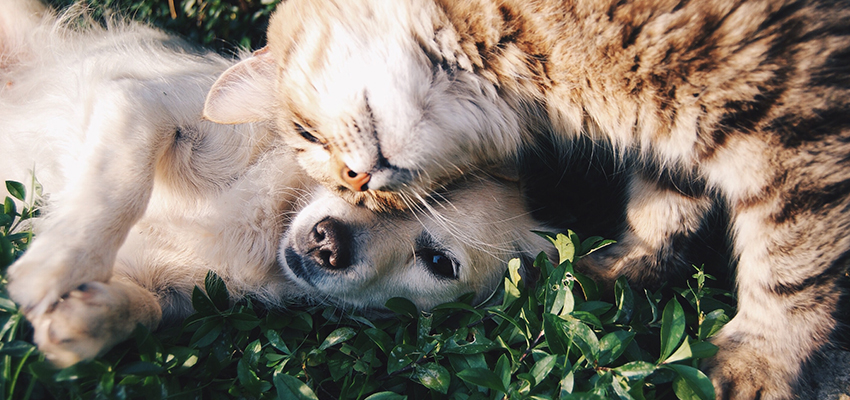If you’re a pet owner, you probably have had to deal with summer’s increased risk of fleas for your four-legged friends. If haven’t dealt with fleas it’s probably because you’ve been very careful about flea prevention. But sometimes, despite good efforts, a beloved pet becomes the personal host of fleas and brings them right into your home.
There are more than 2,200 kinds of fleas and it only takes one variety to cause a lot of misery for your pet, your home and you. May Exterminating wants you to recognize the signs of fleas in your home and know how to prevent them from returning once they’re removed.
Signs of Fleas
Fleas are most common during the warmer months of the year. They reside in the warm fur of your dogs and cats. When fleas lay eggs on your pets there is always the possibility eggs may fall off and hatch on carpets, beds, or other furniture. The young flea then seeks a host – you or your pet – to feed and lay more eggs.
Simple signs that indicate fleas may be a problem for your pet:
- Excessive licking or scratching
- Scabs or hot spots on the skin
- Flea droppings (dark specks) in the fur
- Flea eggs (white specks) in the fur
Bringing Fleas Home
Most homes that have fleas were invaded because pets are very susceptible to fleas. Your pet can encounter fleas during regular outside play, from an infected neighborhood pet, a stray animal, or even by meeting urban wildlife like opossums or raccoons. They can become a host and bring fleas into your home easily because adult fleas can jump onto your pet.
Removing Fleas
Fleas are irritating for your pet and your family, but they are also persistent. Removing them from pets takes persistent control efforts. You can use over the counter products, but it’s best to contact a veterinarian to make sure your pet is safe and free of fleas.
Getting rid of fleas in your home is no different. DIY products are somewhat effective, but contacting an exterminating professional gets you better products and better results. They have access to liquid or aerosol flea treatments that can be performed by a licensed pest control technician. Prior to a flea treatment, your pest control professional can provide you details regarding preparation, care for your pets, laundering, and vacuuming.
Flea Prevention
Once a flea treatment is complete, you should see an immediate reduction in the number of fleas in your home. It is common, however, to see more fleas within seven to fourteen days following the treatment as eggs hatch. Once all fleas meet the adulticide used to control them they will die within a few hours.
To prevent fleas from entering your home again use monthly flea treatment for your pet as recommended by your veterinarian. They should be EPA approved and applied as instructed.
Using a flea comb after a trip outside is an easy way to reduce the numbers of fleas your pet can carry back into your home.
Additionally, keeping grass mowed and shrubs trimmed, and feral pets or wildlife out of your yard helps reduce risk as well. When you plant shrubs, keep them away from your house and each other so air movement and sunlight can kill flea larvae.
For more information on how to prepare for a flea treatment contact May Exterminating


Recent Comments